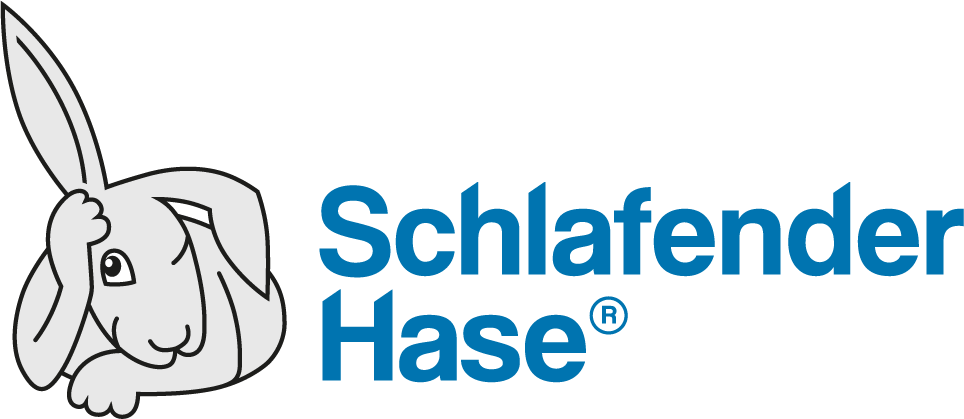First, by proofreading, we mean text comparison of 2 files, like a manuscript versus a laid-out artwork of what should be the same text, not content correction of a single text. Over the years, many proofreaders have shared with us what manual text comparison really means for them. When they try to convince their boss to invest in electronic text comparison software, they usually present the business reasons, discussing ROI, risk avoidance, improved quality, time savings and so on.
Here are some of the personal and unspoken reasons proofreaders are so interested in electronic proofreading:
1. I hate proofreading
In many companies, there are no dedicated professional proofreaders. In the pharmaceutical industry, proofreading is usually done by the Regulatory Affairs and/or the Graphic Design teams, but often not by dedicated proofreaders. This means that they do it “from time to time”, and as it’s not their main activity, it is not really what they signed up for, and consider this as one of the “chores” that they have to do. A critical one, but a chore nevertheless.
2. My grammar isn’t the best
In text comparison, this is less critical than in text editing. Still, as proofeaders are usually not doing this full time, they are recruited for their Regulatory or Desktop publishing skills, not their language skills. This means they are not always 100% sure how text should be spelled and this is more true when documents are in several languages like in Belgium, Switzerland or in the Nordic countries.
3. I don’t always check the whole text
This one is hard, but most proofreaders will admit that from the 3rd round of proofreading a file pair, they only check the part that “should have been corrected”, not the whole document. There is always the risk for text to be unintentionally modified elsewhere: it is rare, but it does happen.
4. Sometimes I am sleepy
Sometimes I go out late, or I have a big lunch and yes I admit I feel a bit sleepy in the office, and you know what? I am very happy I don’t have to do critical work like text comparison of a Patient Information Leaflet because I know my attention wouldn’t be 100% there. Well, proofreaders also like to party and have extra dessert sometimes!
5. I want to go home!
Proofreaders are like anyone else, on occasions they will rush through the file pair because they simply want to go home on time.
6. Someone else will check it again anyway
Instinctively when we know there is another verification done later on by someone else, we pay a little less attention, which can generate a lot of unnecessary work and costs. In most Pharma & Med Device Companies, Regulatory Affairs check the content of the PDF Artwork versus the approved Manuscript. There are usually other checks done later in the packaging lifecycle, but these checks may not verify all content. This “Secret” is especially dangerous if everyone assumes someone else will do it.
7. I don’t want to take on the risk
Proofreaders know that one mistake can cost their company thousands or even millions of Euros. Even if you are a professional proofreader, do you really want to take that risk on yourself? Probably not, and nobody could blame you.
8. It’s a waste of my time
Proofreaders who are highly qualified and recruited for completely different skills may reasonably think that proofreading is a waste of their time. They know it is critical for the company, but they also know this is not what they were hired for. In business terms, this is not where they really add value to the business.








